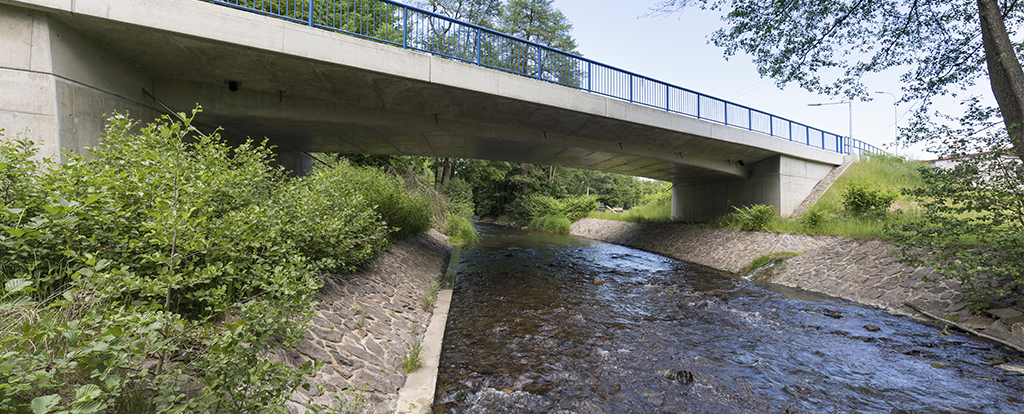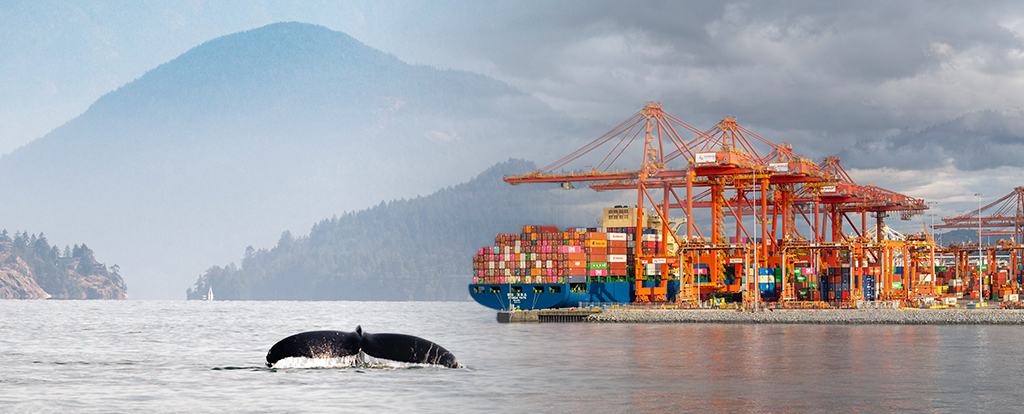Hydrogeomorphology: Conciliating Infrastructures and Dynamic Hydrosystems
Watercourse and bank management has developed considerably in recent decades. It used to be common practice to linearize some watercourses and backfill flood zones to make them buildable. Today, we understand that watercourses and banks follow a natural adaptation process shaped by different control variables. For example, watercourses constantly adjust to changes in flow and slope, as do the active banks along the St. Lawrence River that are eroding while other areas accumulate sediment.
The Right Tools for a Sustainable Transformation
Efforts to reduce the environmental footprint in the port, mining and metallurgy sectors have become imperative to ensure the sustainability of these crucial industries. The emergence and evolution of environmental tools has paved the way for innovative solutions to mitigate the negative environmental impacts of these activities. From the use of cutting-edge technologies to reduce greenhouse gas emissions, to the introduction of sustainable waste management and ecosystem preservation practices, these tools offer essential and cost-effective opportunities for the responsible and eco-efficient governance of the operations of the companies concerned.
Towards Sustainable Transformation of Canadian Industries: Mining, Metallurgy and Ports
In a world where climate challenges are intensifying, we have limited time to act, and the private sector has a crucial role to play: all sectors and markets must transform. Canadian industries such as mining, metallurgy and ports play a central role in the transition to a more sustainable economy. Beyond their economic and strategic importance, these sectors have a significant impact on the environment and society, which is important to consider in the context of decarbonization.
What does the future hold for Canada’s oil and gas industry?
After fighting the Covid-19 pandemic for almost two years, Canadians have recently turned their attention back to the environment as their primary concern. While prior to the pandemic one in five Canadians considered the environmental issue to be their primary concern, today 17.1% are again of that opinion.
Energy Management Information Systems (EMIS)
Media coverage of climate change is increasing and reducing greenhouse gases (GHG) is on the agenda of a majority of governments worldwide.






